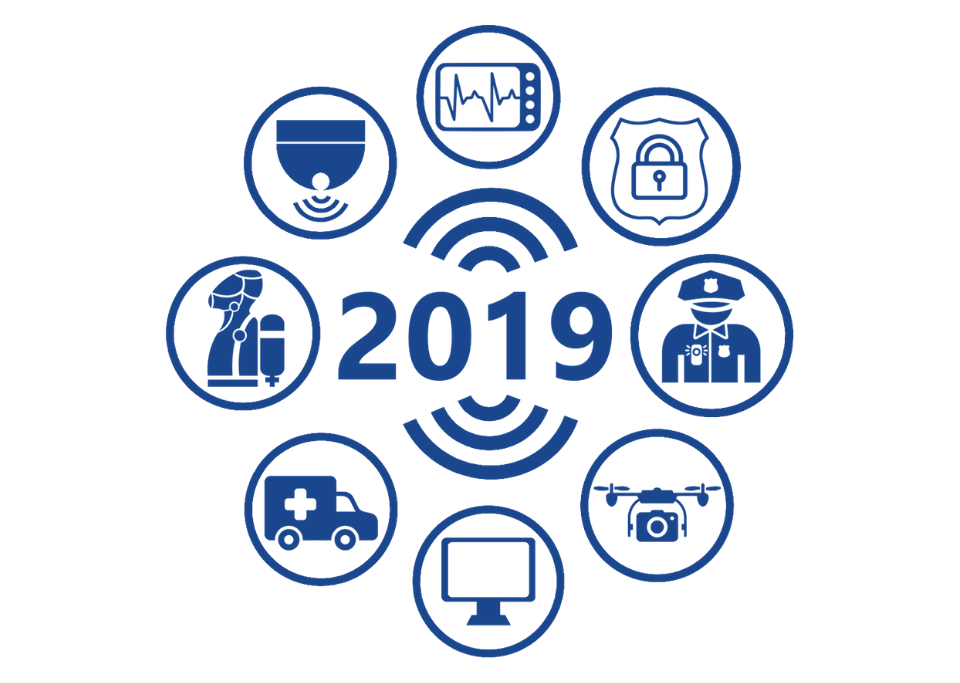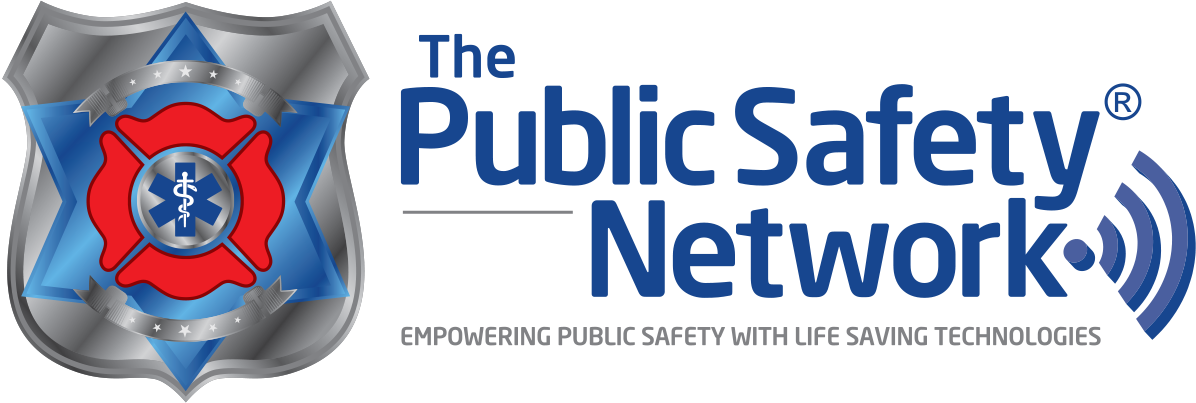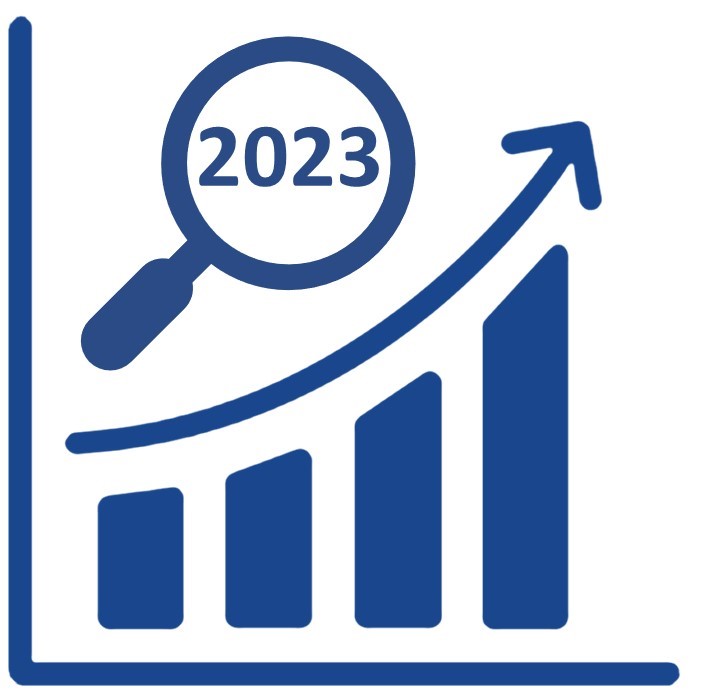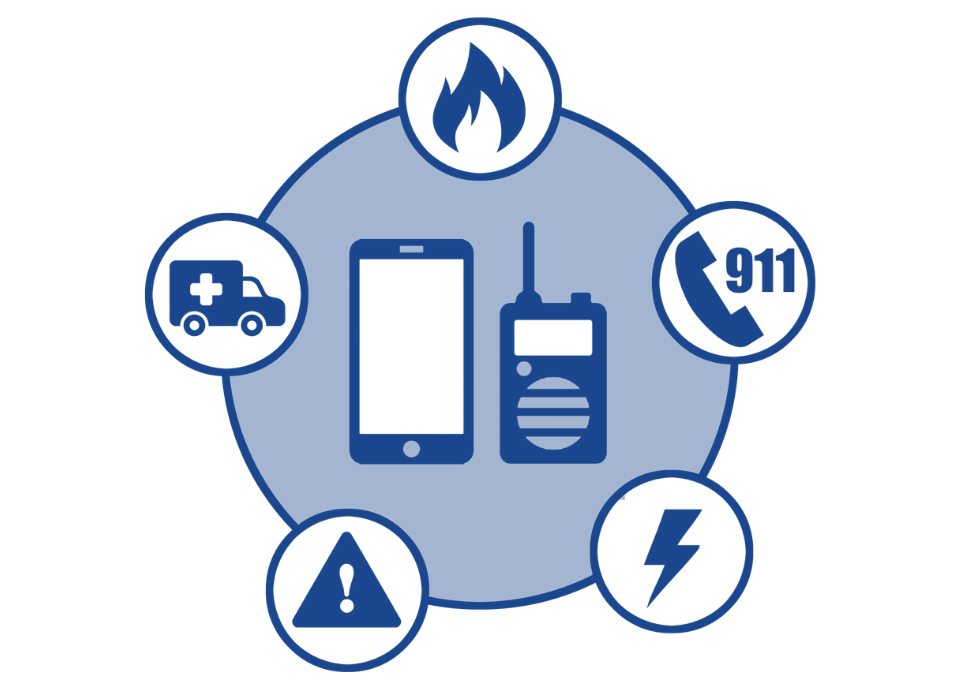
2019 Public Safety Communications Technology Forecast
January 8, 2021
Going Mobile First Reduces Costs, Increases Capabilities For Public Safety Agencies
January 8, 2021It’s been a tremendously exciting year for the development and implementation of new technologies leveraging public safety broadband capabilities. In the course of our travels this year, we have seen tremendous progress in the use of broadband capabilities for mission critical communications across the globe, including in Australia, Canada, Estonia, Finland, Germany, Japan, Korea, New Zealand, Norway, Sweden, the United Kingdom (UK), and of course, the United States (US). We have seen increased issuance of RFI and RFPs, and greater focus than ever on deployment of new critical communications LTE networks.
- Public safety’s acceptance of and migration to an operational expenditure (opex)-focused purchasing model for LTE services, such as FirstNet, and new applications and platforms, avoiding the significant capital expenditures historically associated with public safety hardware and software in favor of ongoing monthly service fees per user.
- Public safety’s increased trust and reliance on cloud-based data storage capabilities to provide more flexibility and access to public safety personnel, including with use of body-worn camera systems and associated collected video, data backup, use of texting and data sharing platforms and access to state and federal databases. This is a result of having reliable mobile access to the cloud through networks like FirstNet.
- Public safety’s shift toward mobile first solutions to increase operational efficiencies and reduce costs, which include wearables such as smart watches and body-worn cameras, smartphones and streamlined in-vehicle docking solutions that more efficiently replace in-station desktops, scanners, cameras, printers, landlines and other legacy communications solutions. This includes multiple Computer Aided Dispatch (CAD) companies now offering mobile CAD on smart watches.
- Public safety’s desire for a multi-faceted, multi-layer, multi-media situational awareness solution, and the emerging solutions from several new technology providers of first generation LTE situational awareness platforms.
- Public safety’s recognition of the need to employ analytics and leverage analytics expertise in the newly created data rich environments that are resulting from the ability to take advantage of new broadband capabilities. We now have systems in the US that have proven their ability to reduce violent crime and are now being expanded to larger portions of major metropolitan cities.
- Startups eagerly bringing exciting technologies to the public safety market – everything from biometric sensors and high-powered LTE user equipment to fully encrypted communications platforms, enhanced situational awareness applications, augmented reality, and cloud-based next generation CAD capabilities.
- FirstNet’s proven resiliency and reliability for mission critical LTE services during major disasters, as highlighted by the network’s successful performance during Hurricanes Florence and Michael and the western wildland fires, even when traditional radio networks failed. This proved the answer to a monumental question about public safety LTE networks riding on commercial infrastructure. They can now be operated at a public safety level of reliability and resiliency!
- Notable progress on international public safety LTE network deployments in Scandinavia, Europe, Korea, the UK, Australia and New Zealand.
- Launch of the non-profit Public Safety Technology Alliance (PSTA) in early June, which was established to bring public safety and industry together to adopt and promote open standards and open APIs for applications, handsets, connected devices, and cloud applications and storage to enable operability between and among these capabilities when used by the worldwide first responder community.
- The continued worldwide proliferation and exhibition of new public safety broadband technologies, as well as learning opportunities, at key public safety conferences such as the International Wireless Communications Expo (IWCE), Critical Communications World, Public Safety Communications Research (PSCR), Association of Public-Safety Communications Officials (APCO), International Association of Chiefs of Police (IACP), and Comms Connect Melbourne. Key topics addressed during these conferences included:
- Public safety broadband applications
- LTE devices and accessories
- Public safety’s impact on smart city initiatives
- Win-win incentive-aligned business models for the successful deployment of nationwide public safety LTE networks
- Internet of Life Saving Things (IoLST)
- Reliable and resilient public safety broadband connectivity on commercial infrastructure
- Wireless solutions for expanding and augmenting wireless LTE network coverage, such as the use of new compact LTE deployables, unmanned aerial vehicles (UAVs) and high power user equipment (HPUE) to extend coverage and networking capabilities at the edge
We’ll keep you updated on our insight and activities throughout 2019 via LinkedIn and Twitter and our newsletter. And if you need more information about the Public Safety Network, check out our introductory video.




